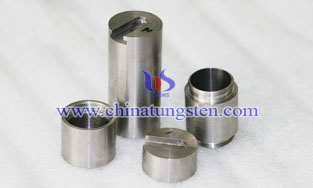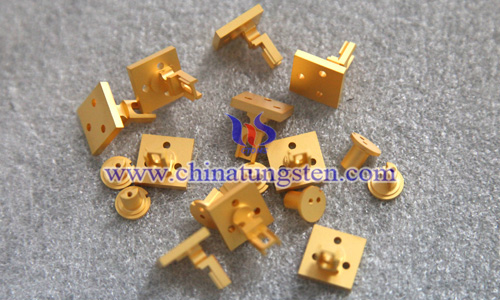Dye Industry Green Transformation - Tungsten Trioxide Photocatalyst
- Details
- Category: Tungsten's News
- Published on Tuesday, 07 June 2016 18:47
- Hits: 755
Dyes, is one of the most intimate relationship of chemicals and human life. However behind the bright lights, the traditional dye industry is a high-polluting industry, waste water with the large amount of emissions of waste gas, waste water, industrial residue, (the so-called of the three wastes), the previous dye industry pollution incidents are accompanied by a strong visual impact, resulting in a adverse impact. Environmental protection is an eternal theme of the fuel industry, "the three wastes" governing meets the standards of governance has become a key which determines survival of business. Thus, the dye industry green transformation has been the object of environmental which scientists are committed to research.

Over the past decade, national environmental scientists used the treatment method of photocatalysis technology by using a semiconductor as a catalyst, to carry out a lot of research for the feasibility of dyeing wastewater treatment. The initial stage of development is based on the photocatalytic titanium dioxide photocatalyst by irradiation of sunlight, and carried out the degradation of organic matter. However, since the titanium dioxide responds only to ultraviolet light, and results in the underutilization of solar energy, and thus, its application subject to certain restrictions.
The results show that, due to the tungsten oxide photocatalyst has strong oxidation ability, and also responds to visible light which makes it can fully use the light energy, so that the organic pollutants can get a final complete oxidative decomposition. The initially reported of the research about tungsten trioxide photocatalyst using in dyeing wastewater treatment is in 1985, the results showed that: when the semiconductor powder which suspended in an aqueous solution irradiated with visible light, the dye molecules are broken down into carbon dioxide, water and nitrogen, thereby to reduce the COD and chromaticity. In addition, the study found that adding an appropriate amount of CdS (cadmium sulfide) and a small amount of tungsten powder into the tungsten trioxide matrix to form a composite photocatalyst, the COD and chroma removal rate of dye wastewater can be improved, and thus deeply handling the dyeing wastewater.
| Tungsten Oxide Supplier: Chinatungsten Online www.tungsten-oxide.com | Tel.: 86 592 5129696; Fax: 86 592 5129797;Email:sales@chinatungsten.com |
| Tungsten News & Prices, 3G Version: http://3g.chinatungsten.com | Molybdenum News & Molybdenum Price: http://news.molybdenum.com.cn |








 sales@chinatungsten.com
sales@chinatungsten.com